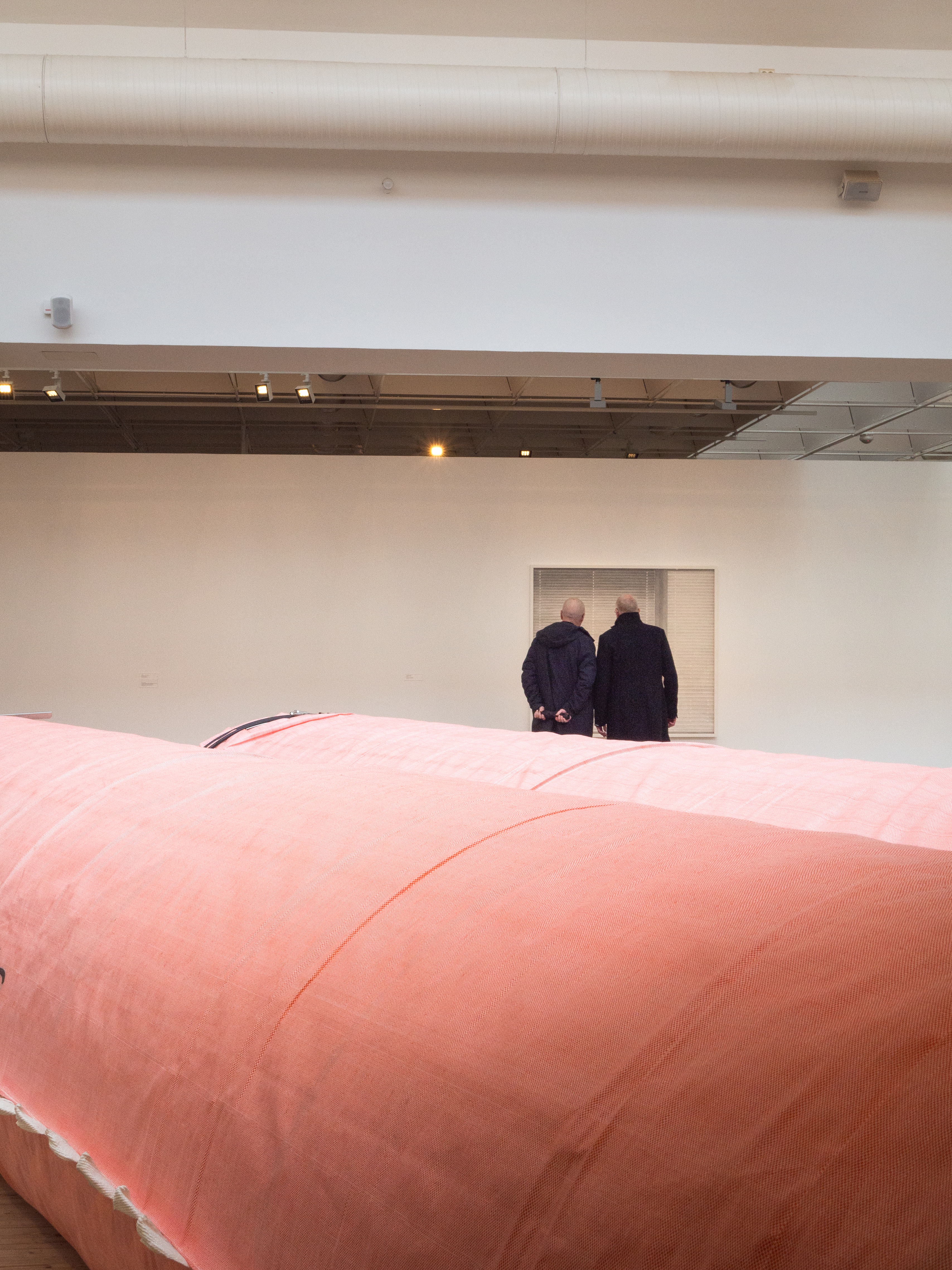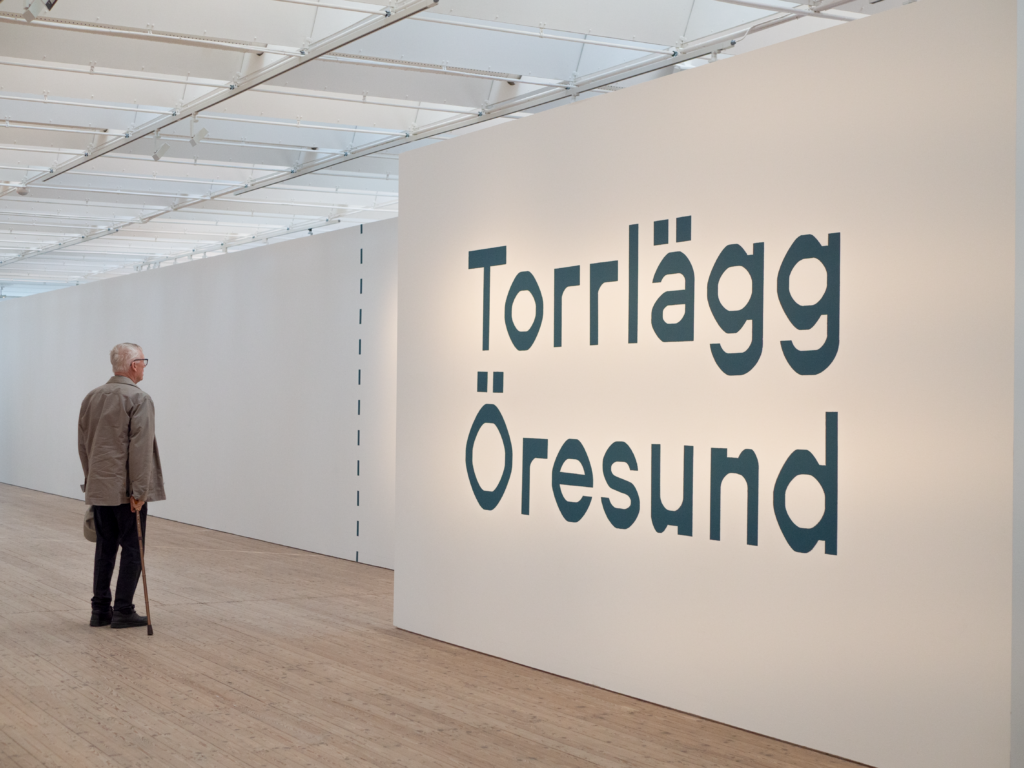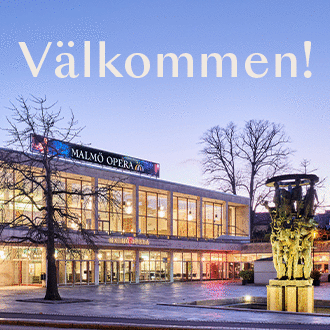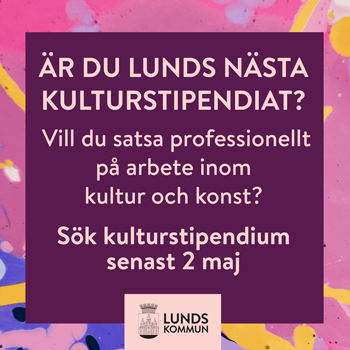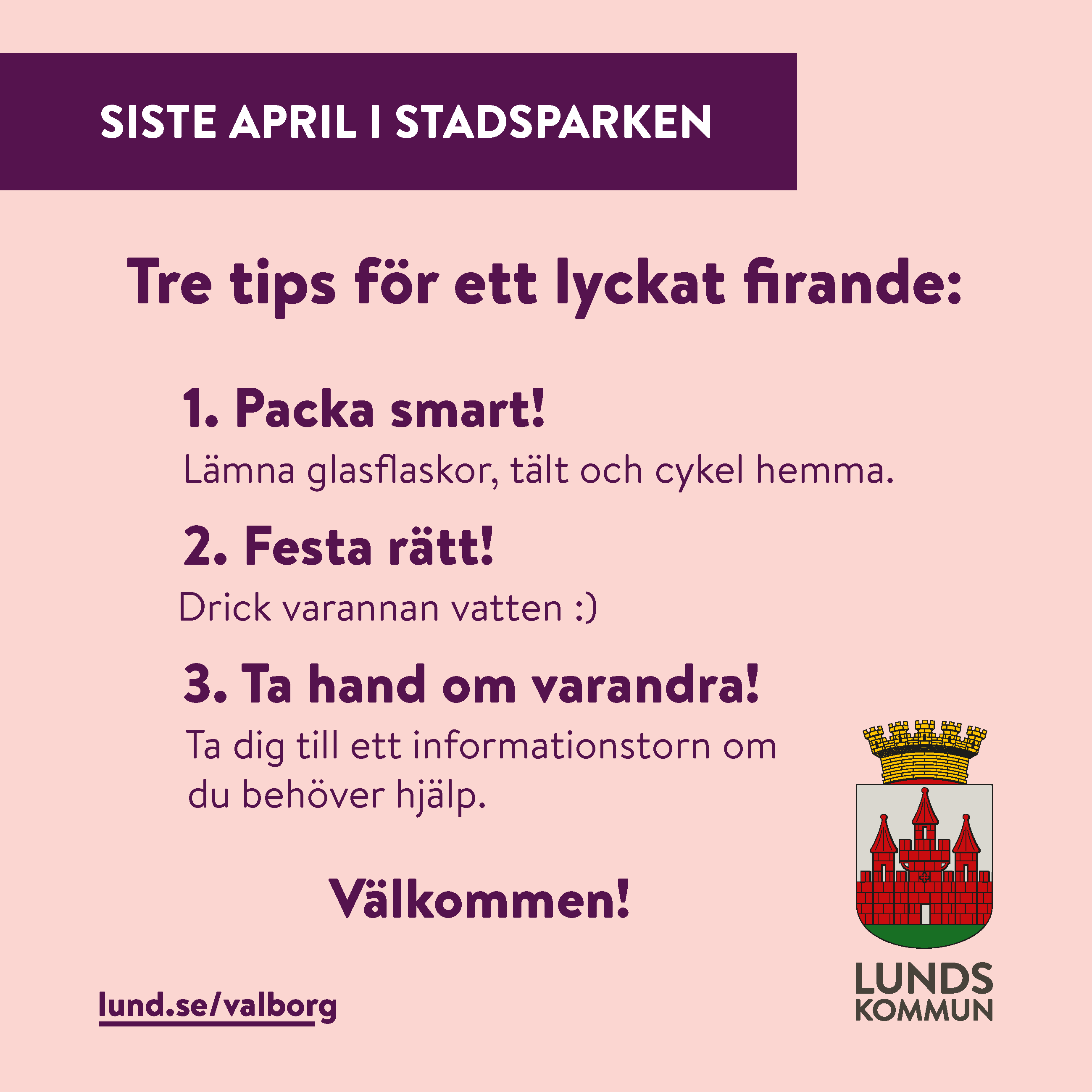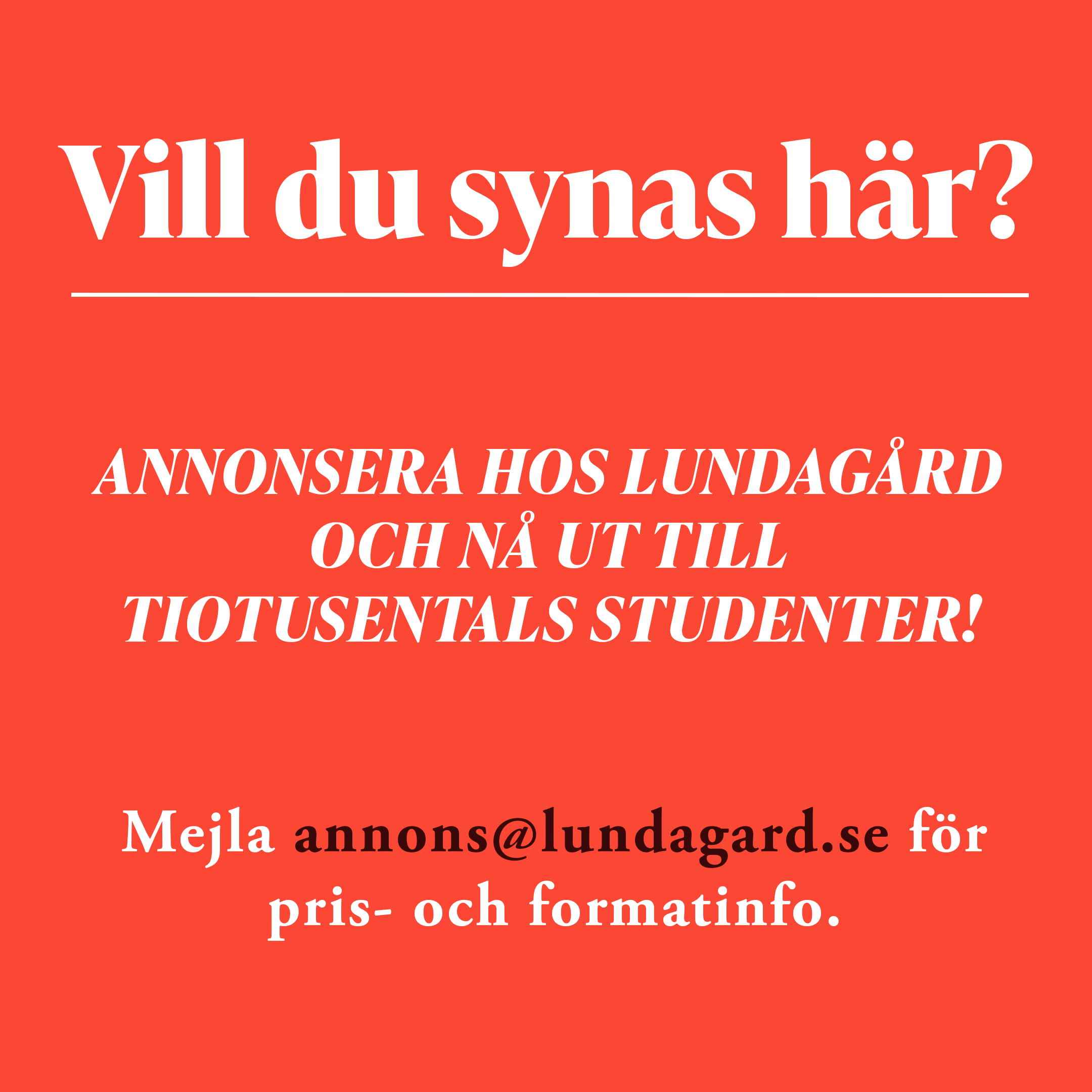The exhibition ”Torrlägg Öresund” (Drain the Öresund), currently on view at Malmö Konsthall, explores the historical, political, economic, and ecological layers of the Öresund Strait. Bringing together fourteen artists from Malmö and Copenhagen, all exhibiting at the Konsthall for the first time, the show uncovers hidden local narratives while situating them within a global context.
Lundagård has spoken to the show’s curator Post Brothers – an enterprise that includes Matthew Post, a writer and curator often engaged in artist-centered projects worldwide. According to the Konsthall, 6,227 people visited the exhibition on its opening weekend. Speaking about the exhibition’s success Post Brothers reflects on it’s scale and impact.
– It feels a little bittersweet to me because Białystok, where I live now, is about the same size as Malmö, yet I couldn’t even imagine ten percent of that turnout there.
Weeks before the vernissage, building facades and walls in Malmö have been altered by posters with the exhibition’s loud title: Drain the Öresund. The statement originates from Scanian industrialist Ruben Rausing, who in the mid 20th century suggested draining the water in the Öresund to bring together Malmö and Copenhagen. Today this bold idea, that became a starting point for the exhibition, plays with the absurd, postmodernist atmosphere within the society. When asked, Post agreed that its provocative nature might have been one of the reasons why the show has drawn so much attention.
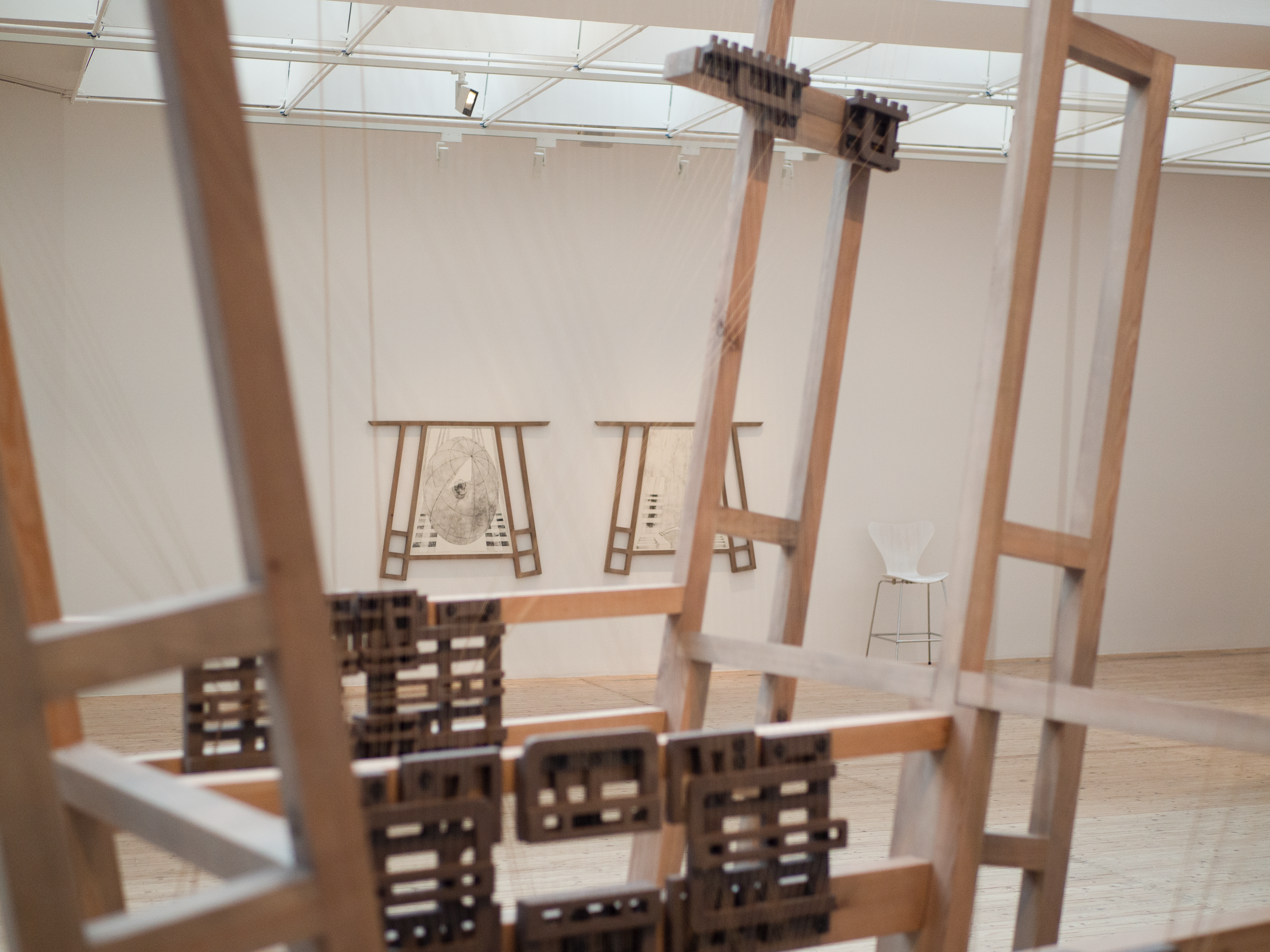
– By wrapping it in a local story and giving it an ambivalent vision, I think it created space for many questions and conversations. It also made the work feel less dogmatic, he explains.
Ambiguity is central to the themes of the exhibition as a whole, which, while often dark, aim to avoid direct lecturing. Many of the works deal with trauma, war and exploitation, but Post sees absurdity as a way to engage audiences without overwhelming them.
– Given the Konsthall’s publicity, I was aware that if I had simply come in as a foreigner and said, for example, ”Sweden is implicated in the transatlantic slave trade”, that alone wouldn’t have been enough. The exhibition needed an element of abstraction to engage people on a deeper level.
The main argument, according to Post, is the critical pessimism towards infrastructure and myths of the region’s welfare state. At the same time the message is not too polemical — several reviews have noted that the exhibition leaves audience without easy answers, which Post sees as essential.
In relation to the exhibition’s engagement with ecological themes, Post explains that it was crucial that depictions of nature in the show were deliberately mediated through human perception.
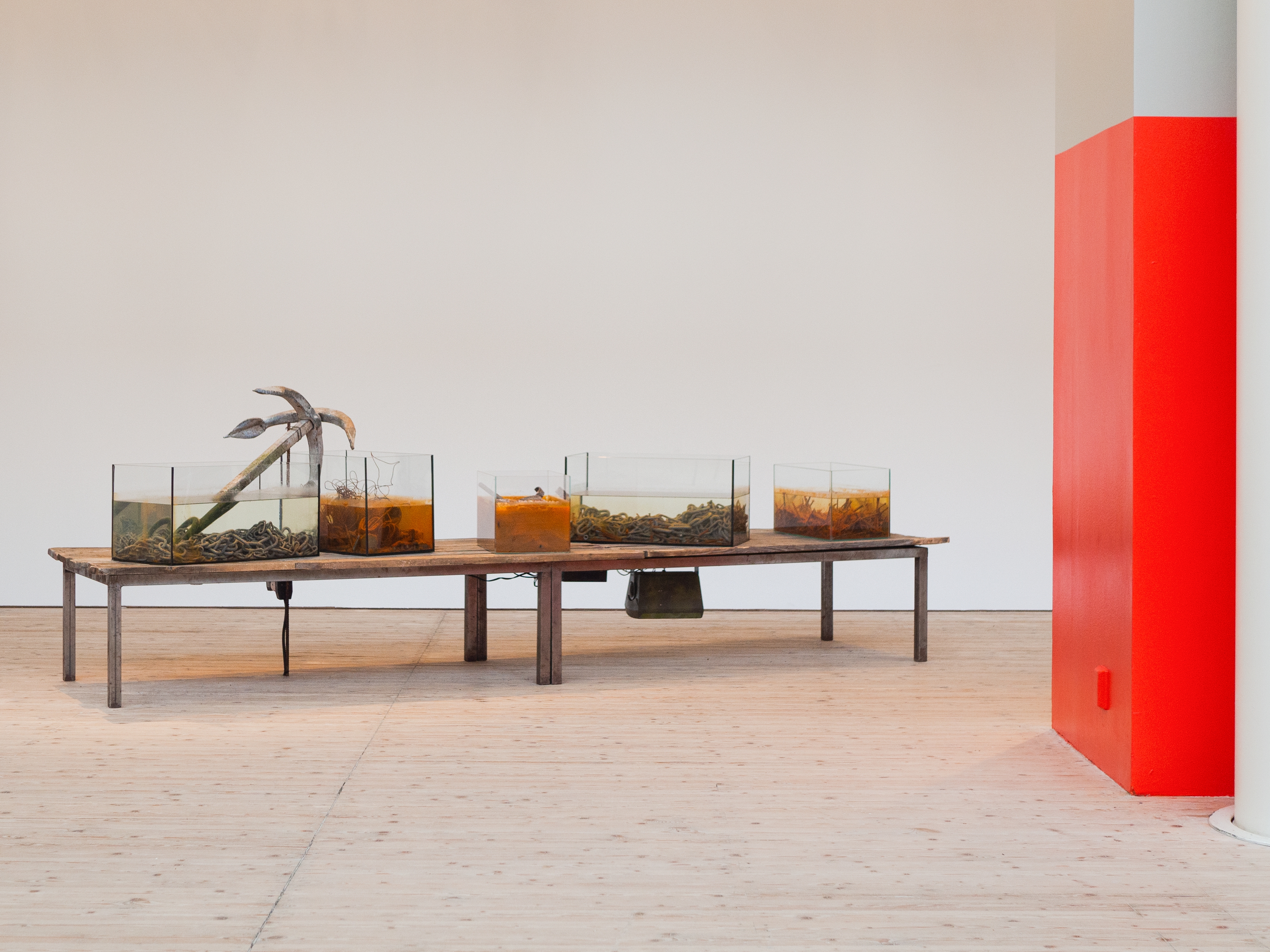
– The viewer becomes implicated in the system rather than being given an easy point of identification to separate from.
Recent events have shown that the world’s map can also be altered through language, as seen in the case of the Gulf of Mexico. It seems that the idea of “packaging the world”, as Jesper Meijling put it in his text on Rausing’s dream, is not as far-fetched as it might seem. Post suggests that this context
– Allowed for a more nuanced critique of the greenwashing often associated with such projects. That’s also why I felt it was important to highlight an Anthropocenic dynamic that is deeply embedded in the history of the region itself, Post says.
We wanted people to learn something about themselves by encountering these narratives from a new perspective.
The exhibition plays with scale in ways that challenge the viewer’s perception of infrastructure. Walking through the space, visitors encounter exaggerated proportions—giant flood pipes, a wall- sized POV from inside a desk shelf, and an oversized coin.
– All these markers of human scale are distorted and disfigured in the exhibition, Post explains. –This was very much part of the concept—thinking about infrastructure and making people feel small within the space while still presenting elements that shift perspective.
He also saw this as a way to relate to the Konsthall’s building itself. The sound piece by Matilda Tjäder, the paintings by Hannibal Andersen with their color marks, and the strings by Vibe Overgaard that reach up to the ceiling—all of these create noticeable changes in scale.
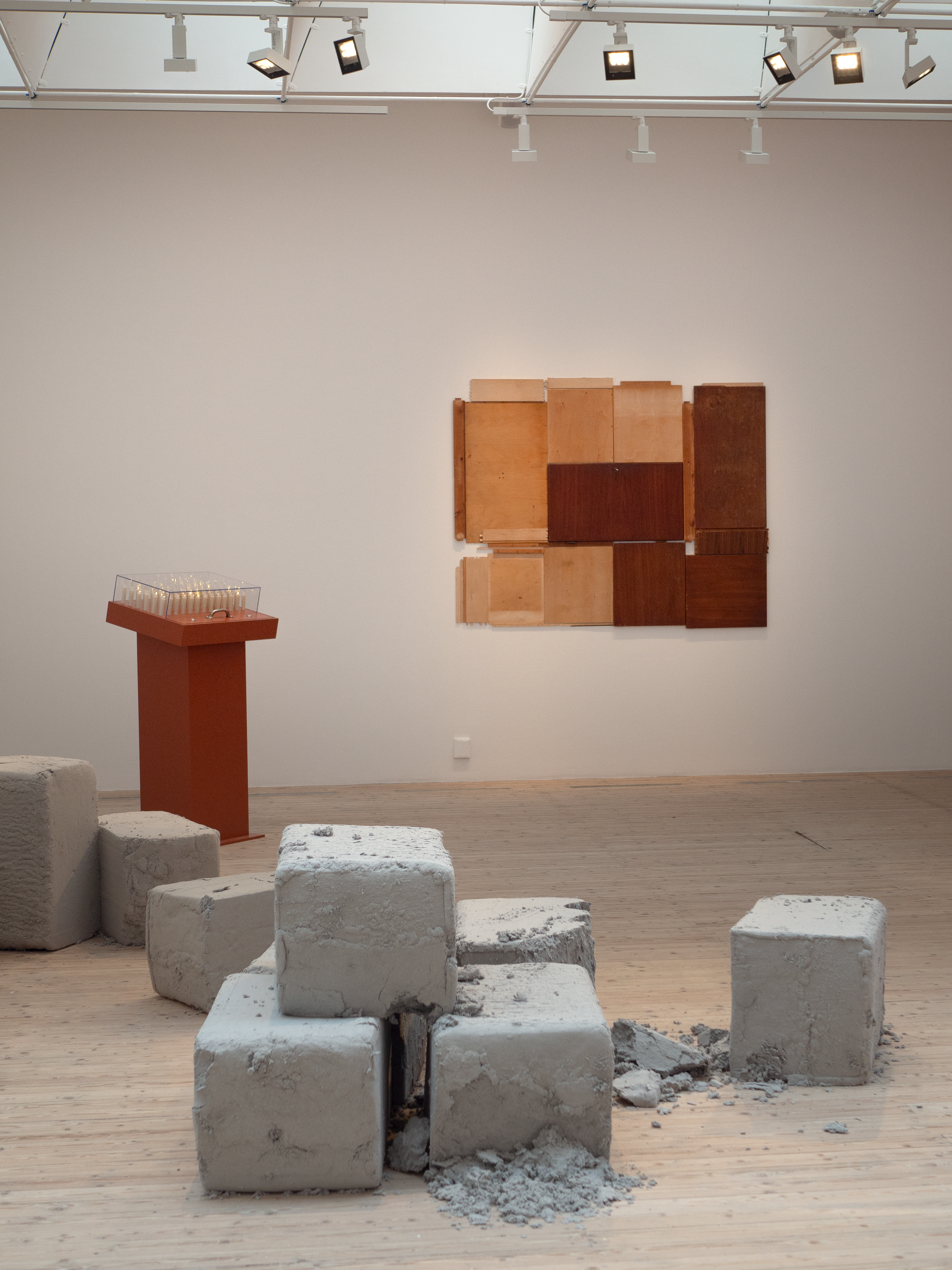
While many works in the exhibition focus on large infrastructural systems, Aleksandra Kucharska’s works explore more intimate and personal spaces—mailboxes, thresholds, and private interiors. Post describes his curatorial reading of her work as a way to examine the suspicion of the ‘other’ and the relationship between public and private.
– Her works ground us in lived reality and push us to reflect on our own micro-behaviors and personal cosmologies, Post says.
– They are just as much about our relationships with neighbors as they are about our relationship to the outside world – both nature and other people.
Curating the show came with its own set of constraints. Post had to maintain a balance between artists from Copenhagen and Malmö and was restricted from inviting artists who exhibited at the Konsthall or other major regional institutions in recent years.
– That automatically ruled out more than a hundred artists, so I had to do a lot of extra research, he recalls.
– I explored many artist-run spaces, and while not all of the artists I found ended up in the show, the process gave me valuable insight into Malmö’s overall artistic atmosphere. That, in turn, informed some of the formal choices for the exhibition.
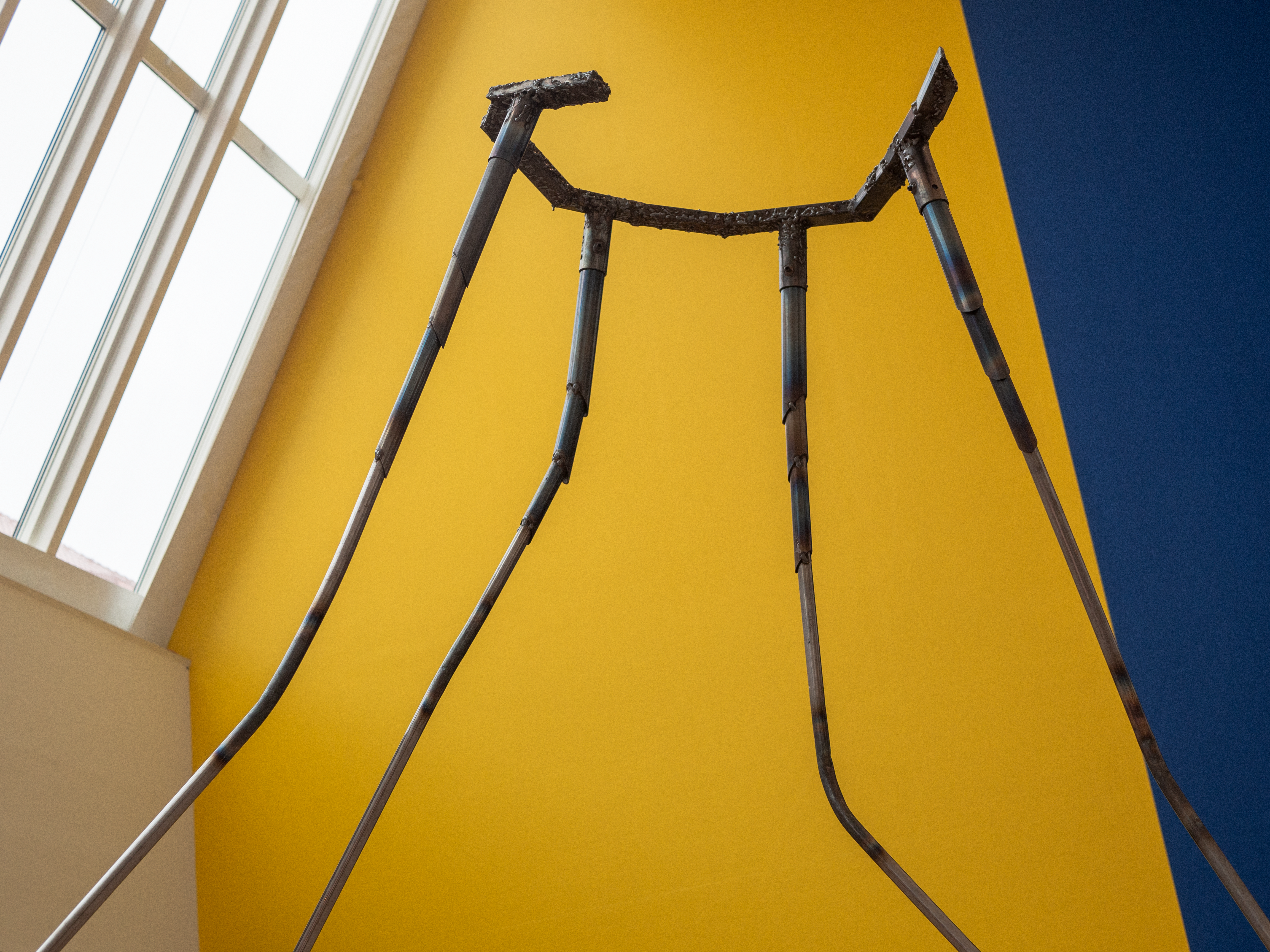
To Post Brothers, the collaborative nature of the Konsthall played a crucial role in shaping the show. – Even the technicians—who are mostly artists themselves—were deeply involved in decision- making, he notes.
Such dialogue with the local art community reassured him that he was moving in the right direction and that as a team, they were preparing something that the audience could connect with.
Beyond the exhibition itself, the Öresund Border Research Lab organized a session within the show, bringing together geographers, anthropologists, ecologists, and lawyers working on migration issues. During this interdisciplinary dialogue they found parallels between their research and the themes explored in the show.
– What we did was take old, local stories—some well-known, some less so—and reflect them back to the audience in a way that encouraged engagement, Post says.
–We wanted people to learn something about themselves by encountering these narratives from a new perspective. That was our biggest motivation.
